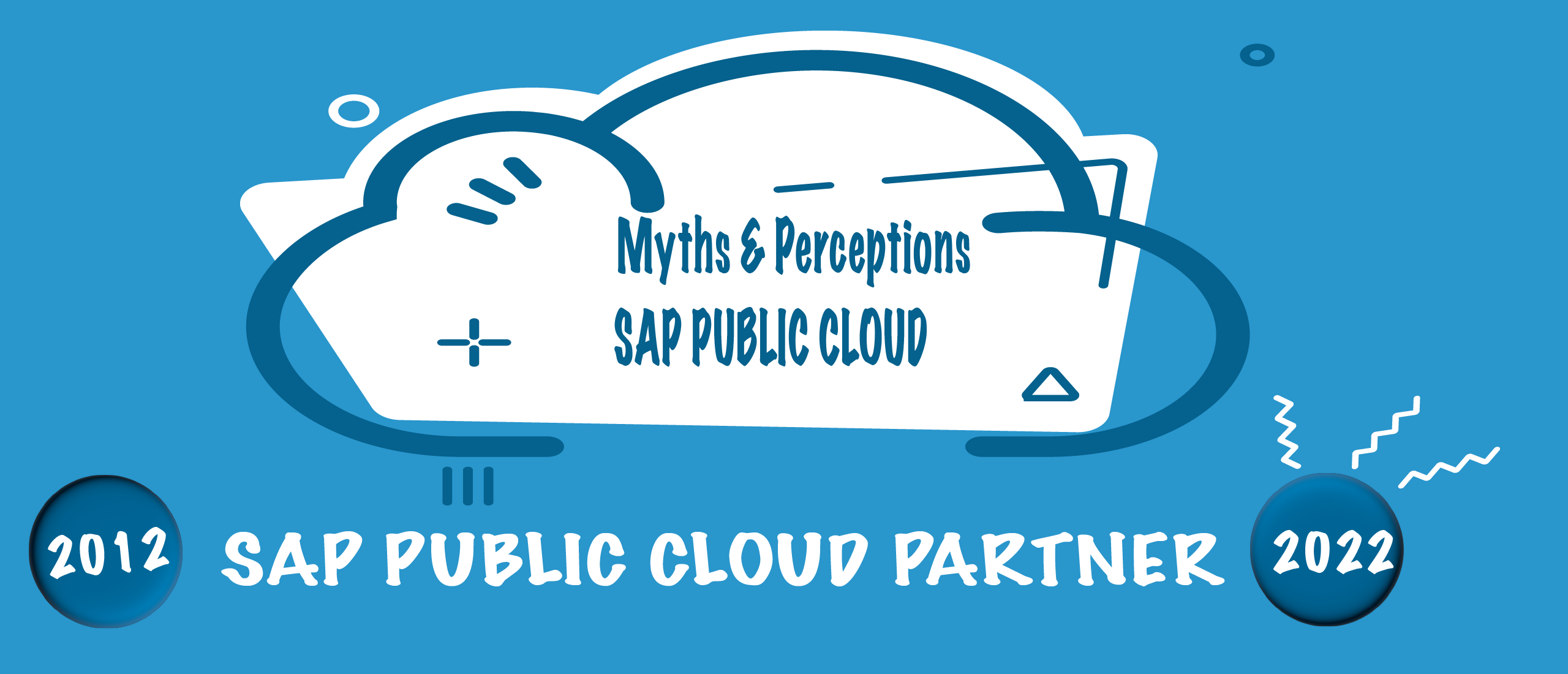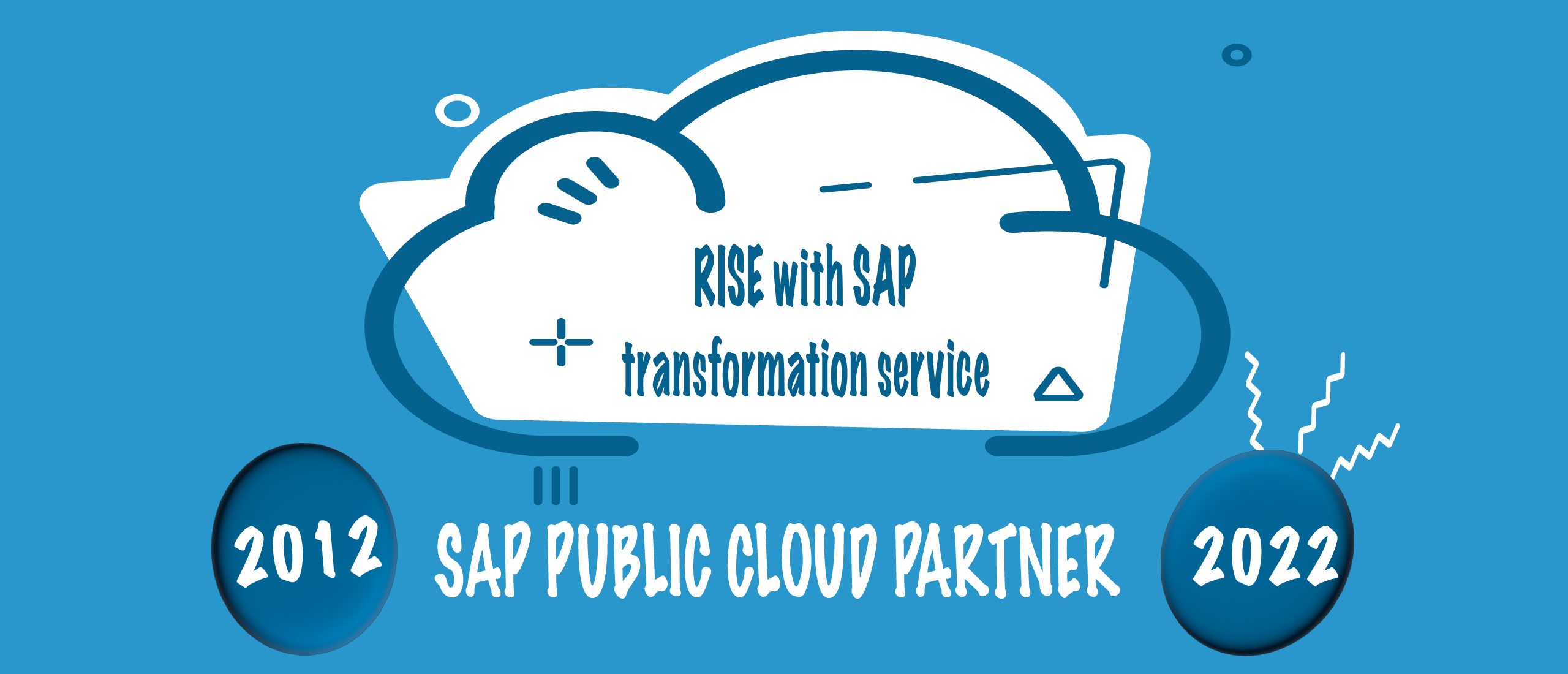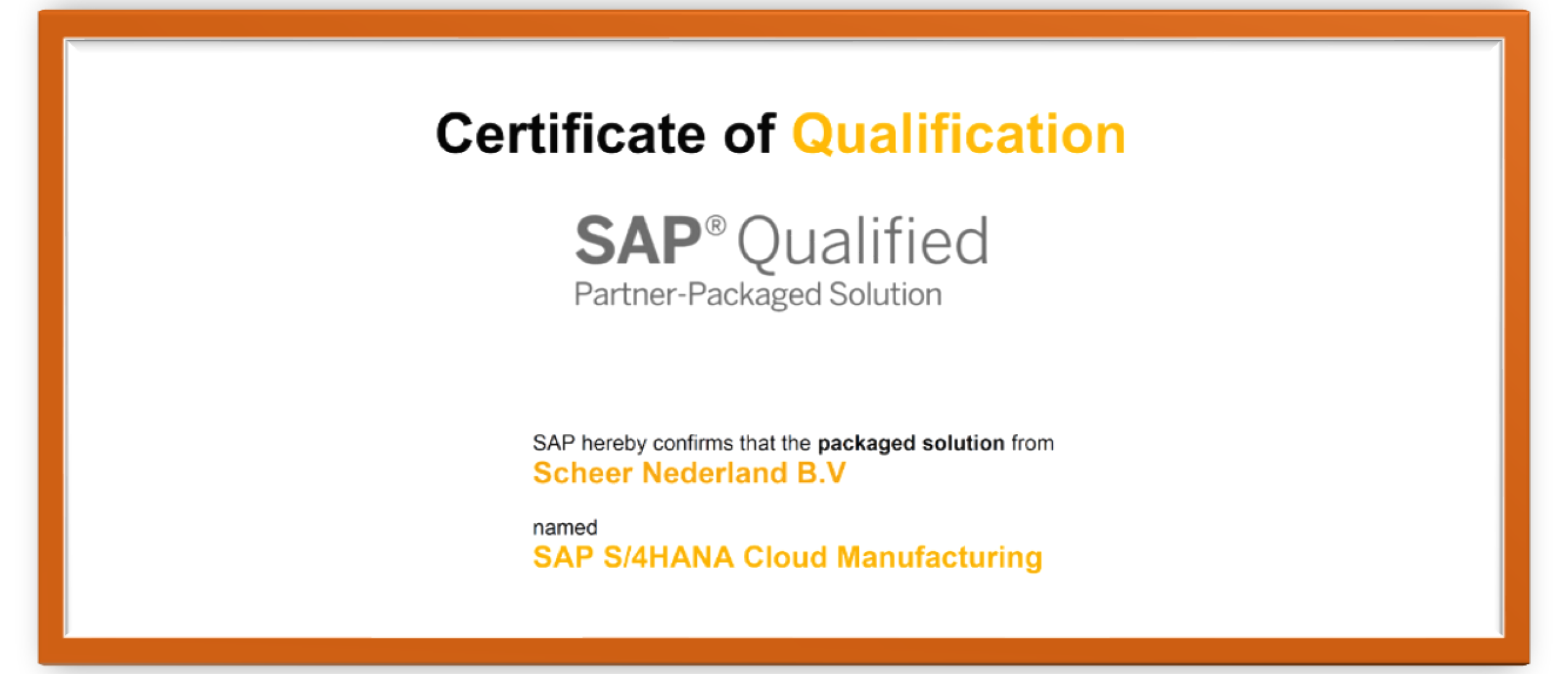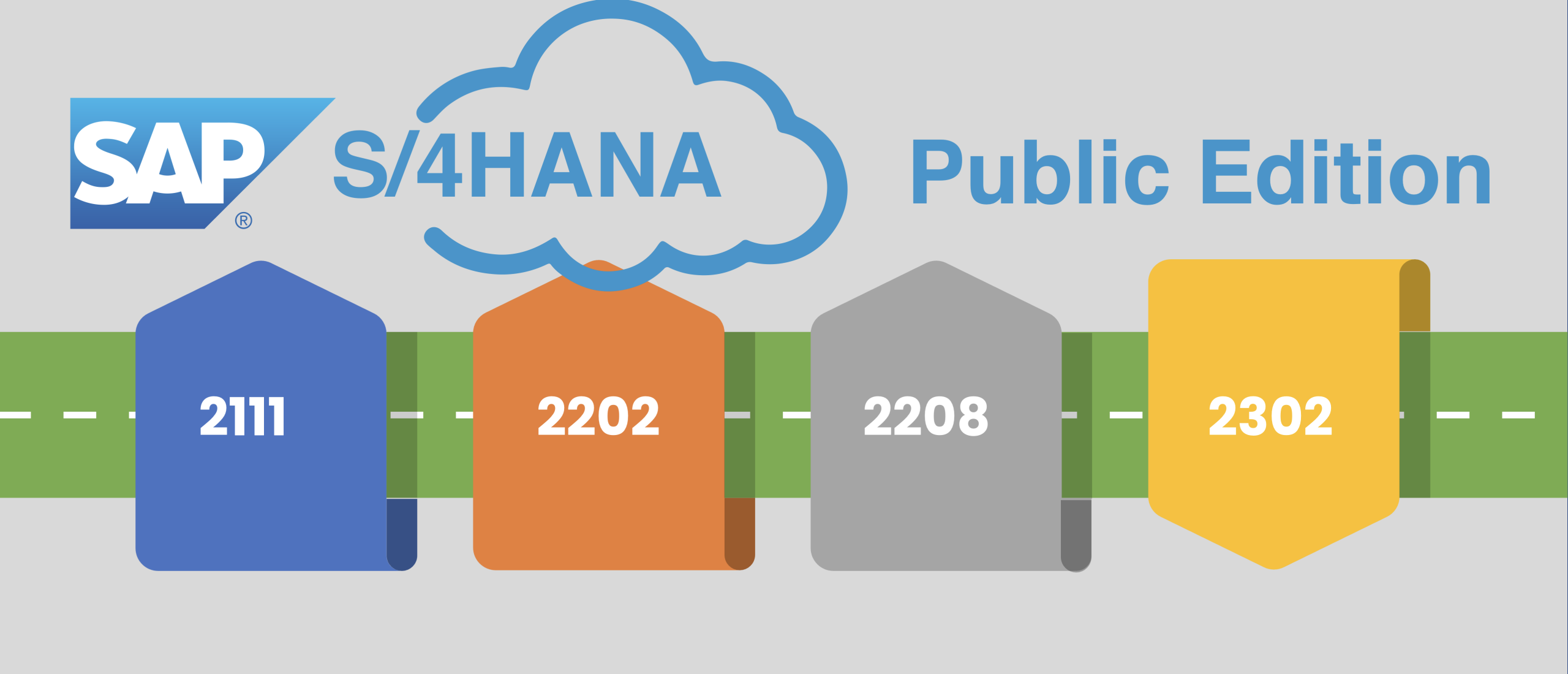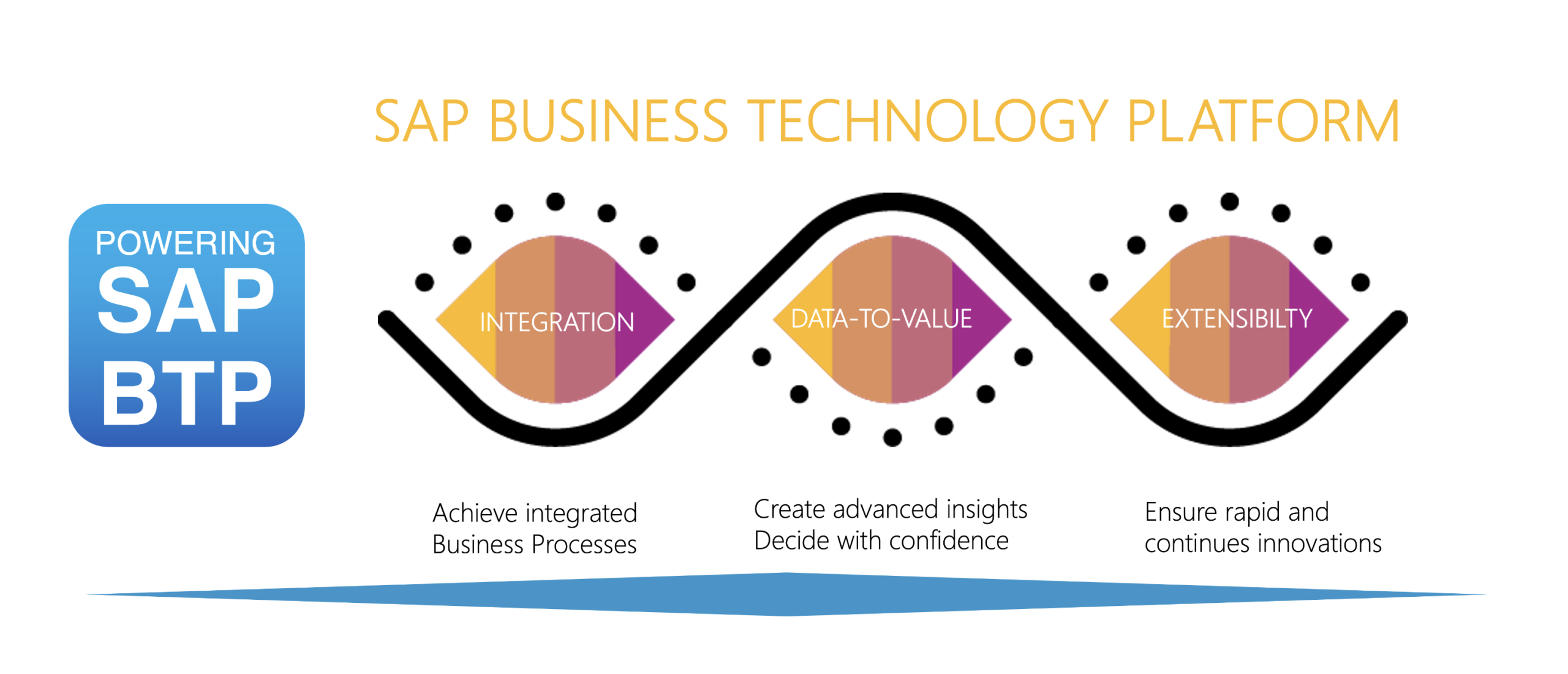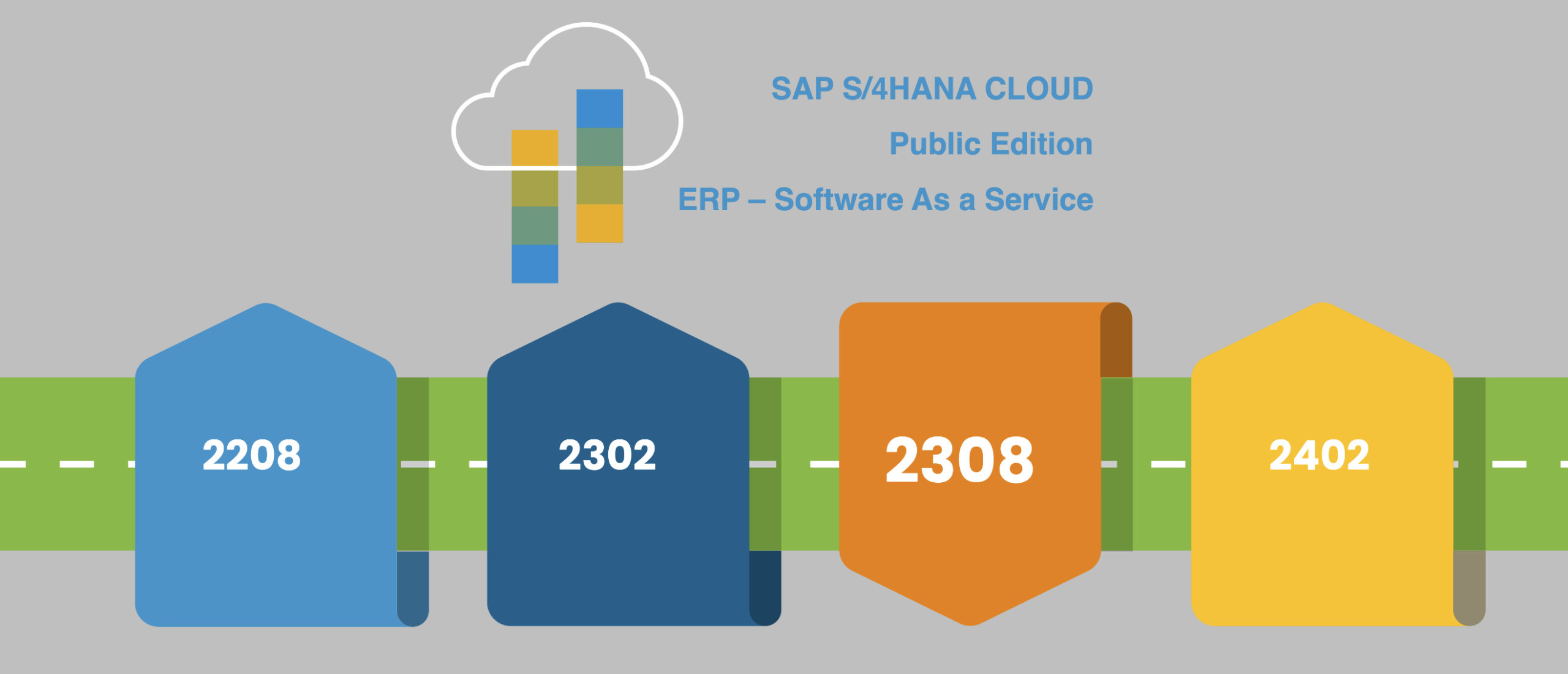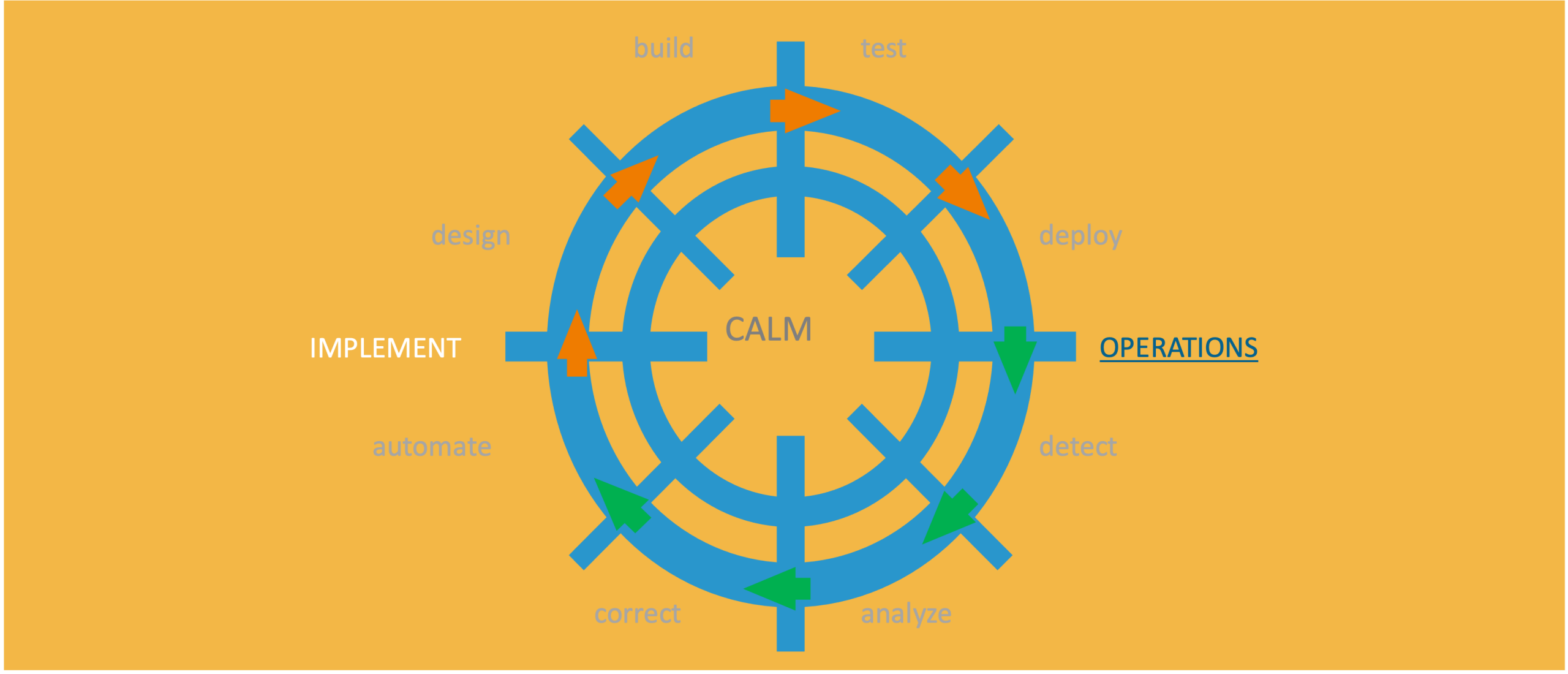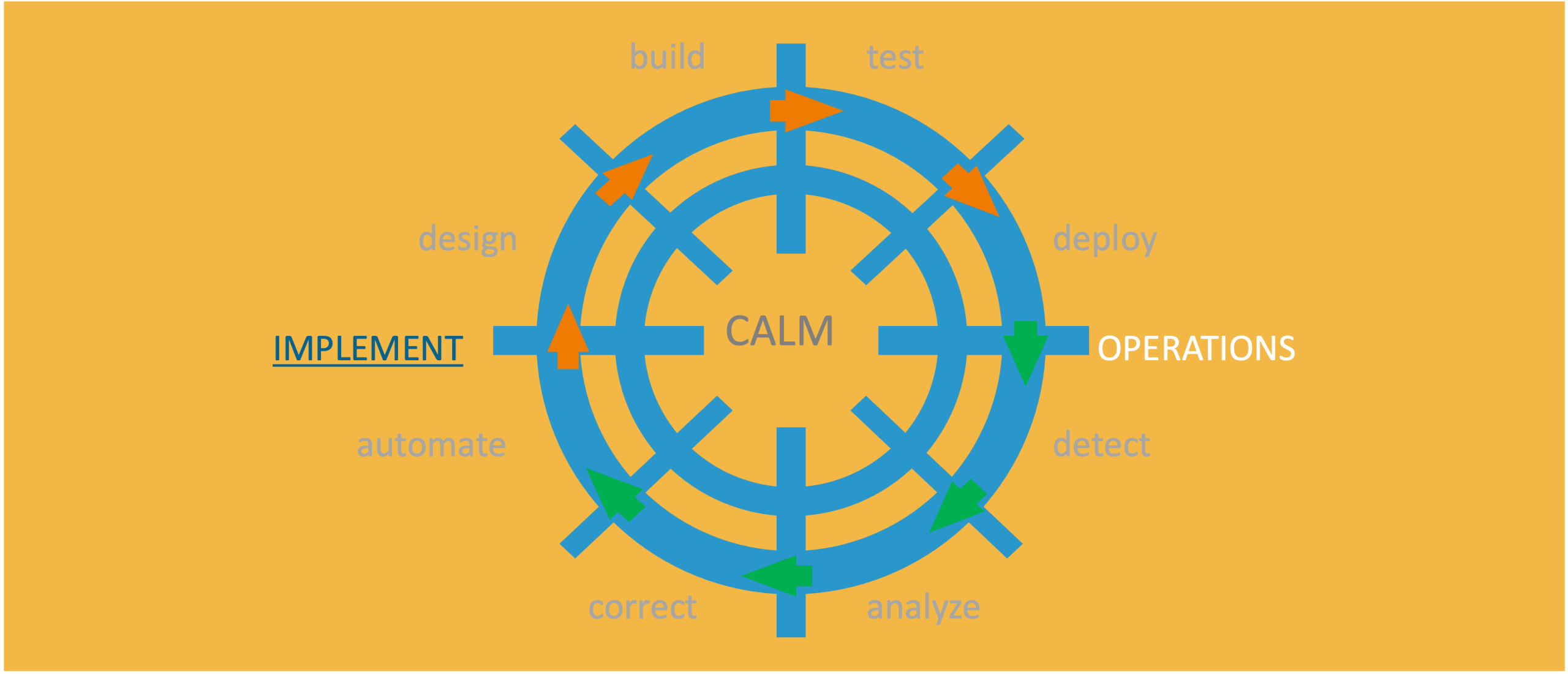
In the Picture: Application Lifecycle Management for SAP S/4HANA Cloud
SAP Cloud ALM for Implementation.
In this blog, I would like to share the capabilities of application lifecycle management as part of the functionality of SAP S/4HANA Cloud, Public Edition. Application management is provided by CALM, which stands for Cloud Application Lifecycle Management. Let me start with the good news: CALM is fully part of your SAP S/4HANA Cloud license!
SAP Cloud ALM (CALM) is a tool that helps customers both implement and operate SAP S/4HANA Cloud and possibly other SAP Cloud solutions.

CALM Focus Areas
CALM has two focus areas, which can be applied independently:
SAP Cloud ALM for Implementation supports all project phases from the SAP Activate methodology for designing business processes based on best practices, building extensions and integrations, end-to-end testing of processes and finally bringing them "live.
SAP Cloud ALM for Operations includes a wide range of tools for monitoring an existing SAP Cloud environment: are my interfaces still working? Have my jobs ended correctly? Is the response time experienced by users within the expected bandwidth? Problems are reported and corrective actions can be applied automatically. In this blog, we will show how CALM can help your organization implement S/4HANA Cloud, from initiation to go-live. SAP Cloud ALM for Operations will be covered in a subsequent blog.
CALM for Implementations
Regarding the use of CALM for implementations, the following activities will be detailed:
- Setting up projects for implementation
- Setting up the processes based on Fit-to-Standard approach
- Testing of the solutions
- Documentation of the solutions
- Project Management
1-Setting up projects
We start by creating a new project in CALM:
- What the project landscape looks like (link to DEV - TST - PRD, Central Business Configuration),
- Which processes ('scope items') are in the project scope,
- How the project organization is set up with teams, roles and team members
- What type of project it is: implementation or roll-out
Based on the project definition, all activities from the SAP Activate roadmap are loaded and assigned to the relevant roles.
The SAP Activate methodology was developed by SAP and its partners for efficient implementation of SAP solutions. The roadmaps describe the various project activities in great detail. Also, SAP Activate also contains a large number of accelerators - think documentation standards, kick-off presentations, how-to guides for setting up a test environment, etc.
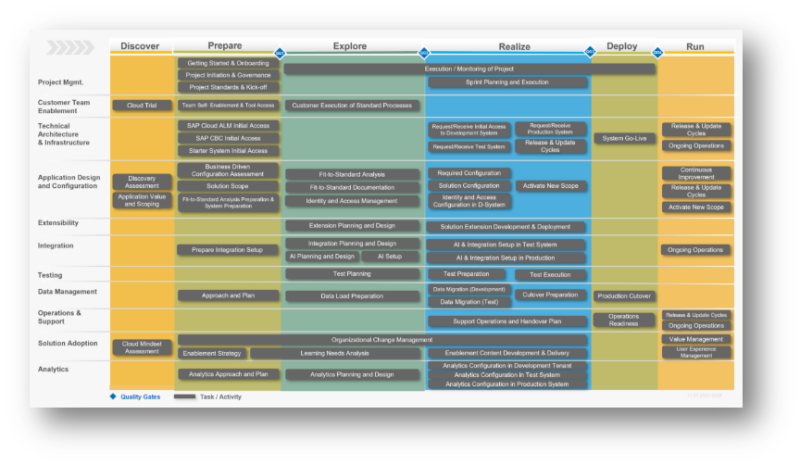
So we start our project with a very detailed project plan in CALM, including Gantt charts, so we don't have to reinvent the wheel.
2-Fit-to-Standard Workshops
When implementing a SaaS solution, such as SAP S/4HANA Cloud, you want to stay as close to the standard as possible. SAP has hundreds of best practice processes with preset configuration, sample master data and extensive test scenarios. During the Fit-to-Standard workshops, we try to explore how the best practice process can work for your organization. With CALM, the different variants of the best practice processes can be discussed and any gaps captured. Examples include:
- Change layout sales invoices
- Creation of a specific report that is critical for warehouse management
- New workflow for approval of purchase invoices
- Linking S/4HANA Cloud to another system.
These requirements - after going through an approval cycle within CALM - are added as project tasks to be performed in the sprints within realization phase.
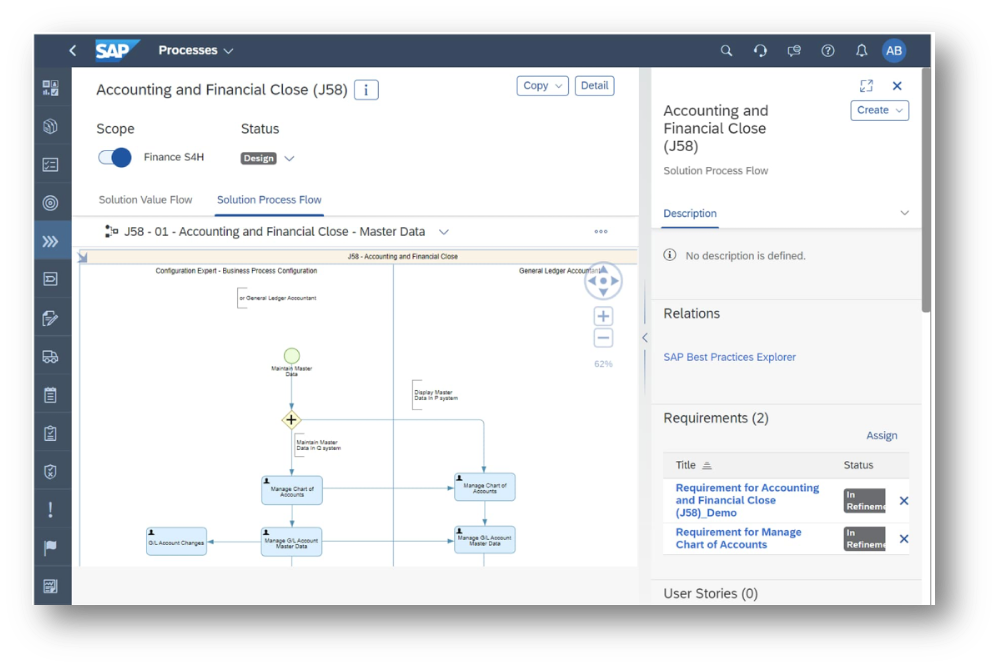
Realization via Sprints
SAP CALM can be linked to the Central Business Configuration (CBC) to orchestrate S/4HANA Cloud configuration and extension tasks (such as forms, apps, reports). These tasks are completed in Sprints according to within SAP Activate. Per Sprint you pick up a number of process variants, which are fully set up, tested and documented in 2-3 weeks. CALM has its own Sprint board, in which activities can be personalized via extensive filtering.
If your organization works with other agile tools, such as JIRA, such an application can be linked to SAP CALM via an API. In this way, JIRA will be used more for backlog management, and the overall planning for all work-streams will be tracked in SAP CALM.
3-Automated testing
As indicated earlier, the best practice processes within SAP S/4HANA Cloud are delivered with standard test scenarios. These are both manual tests (via Word documents) and automated tests. The automatic tests can be executed directly in SAP S/4HANA, but it is possible to synchronize these test activities with SAP CALM. As a result, test planning, execution and management are performed from the same environment as the rest of the project activities, regardless of whether this is done via automatic scripts or manually. How convenient!
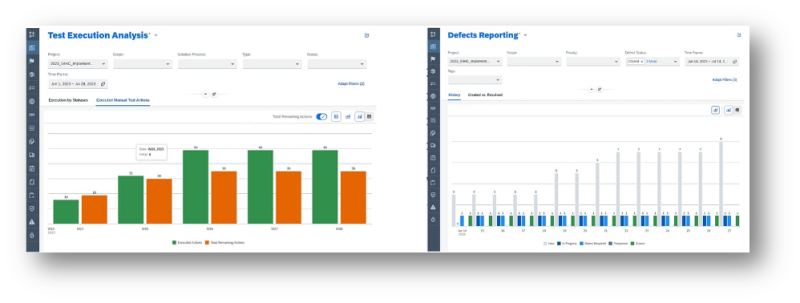
4-Documentation
SAP CALM provides the ability to capture project documentation within a process structure.
Documentation can be created with the built-in Rich Text Editor. For each document it is recorded, among other things, what type (interface spec, solution design etc) and to which process the document is related. This way the document can always be found. The status of each document is tracked, so it is ultimately clear which documents have been approved.
If you still want to use your own document management environment such as MS Teams or Google Docs, it is possible to create a reference to the external document within SAP CALM.

5-Project Management
Of course, no tool is complete without relevant reporting. SAP CALM comes with a rich set of reports and charts that can be used to monitor the progress of various project activities. As we are used to with SAP S/4HANA Cloud, CALM also allows us to zoom in on the detail from the charts.
Finally
As mentioned earlier, SAP CALM is included in the SAP S/4HANA Cloud license. Thus, there is no reason not to use it in the S/4HANA Cloud journey you may soon embark on. Therefore, try to understand the richness of the included content and think about how it will help you in this transition . Also look at the SAP CALM roadmap. The tool is already quite mature, but new features are on the way. And, as you would expect from a Cloud environment, they will be installed for you without you having to worry about it.
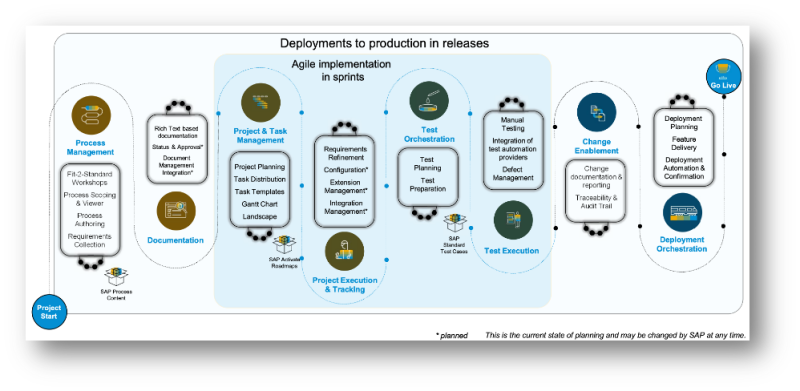
Gerard van Gent - Dec 2023
